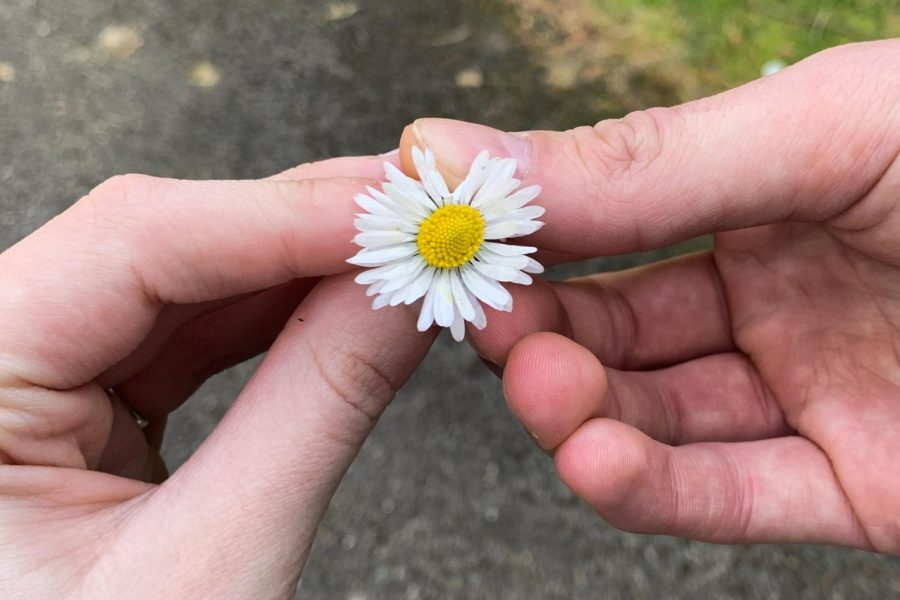Ask Life: What does communication in relationships look like?
In a relationship, you are on the same team
You are never against each other.
April 20, 2023
Editor’s note: The Daily Evergreen has decided to continue the Ask Emma column under a new name: Ask Life.
Dear Life Section,
I am in the best relationship of my life. So far, I have learned that a lot of greatness in relationships stems from dealing with the bad together. However, sometimes I am still not totally sure about how to communicate. What does healthy communication in relationships look like?
Sincerely,
Partner
Dear Partner,
Relationships can be complicated, especially if you are not used to being in a good and healthy one. There are plenty of ways that this can affect someone, like by worsening their physical and mental health. However, there are also plenty of ways for one to improve and work on their communication skills.
For one, recognize what is and is not considered healthy communication. Poor communication can be something as simple as lying to aggressive behavior. If you find yourself in such a situation, it can affect the overall relationship, causing resentment toward one another or feelings of hopelessness about the relationship.
Therefore, good communication is very beneficial, as it can help resolve conflicts faster and build stronger trust and bonds.
First, when dealing with conflicts or tough conversations, do not half-listen. In other words, actively listen to your partner.
Active listening can take many different forms. Being mindful of your partner, body language and even just echoing what is being said by repeating what you understood from your partner is all part of active listening.
Along with these comes validating your partner’s feelings.
Letting your partner know that you see their side and understand them is such a huge part of healthy communication. Your partner feels seen and heard and therefore knows they still have you by their side.
Another helpful tip in all communication is using “I” statements.
According to Good Therapy, “I” statements are “a style of communication that focuses on the feelings or beliefs of the speaker rather than thoughts … that the speaker attributes to the listener.”
For example, saying “I feel sad when you say that to me” instead of “You are always so mean to me.”
Using these statements in conversation prevents you from invalidating your partner’s feelings; everything you say is how you feel. This ensures that blaming and stifling conversations do not happen.
When having tough and difficult conversations, things can get confusing or be easily misunderstood, which is one way that conflict can arise.
To prevent this, clarify any confusing or concerning points or questions from your partner.
For example, if your partner shares a detail and/or explains something that you are confused about, ask about it then and there. A simple rephrasing of words can change everything.
Part of this can also mean checking in with your partner during hard conversations or even just when you feel something might be up.
“Is everything okay?” goes a long way.
One last tip to share is the beauty of compromise.
Compromise can help you move away from wanting to be right, which can cause unnecessary arguments and conflicts.
Moving away from this want can instead lead to a reduction in conflict and less frustration with and disappointment in conflict resolution in the relationship.
As an end note, always remember that in conversations or conflicts, it is not you versus your partner, but rather both of you versus the issue; you are on the same team.
Sincerely,
The Life Section











